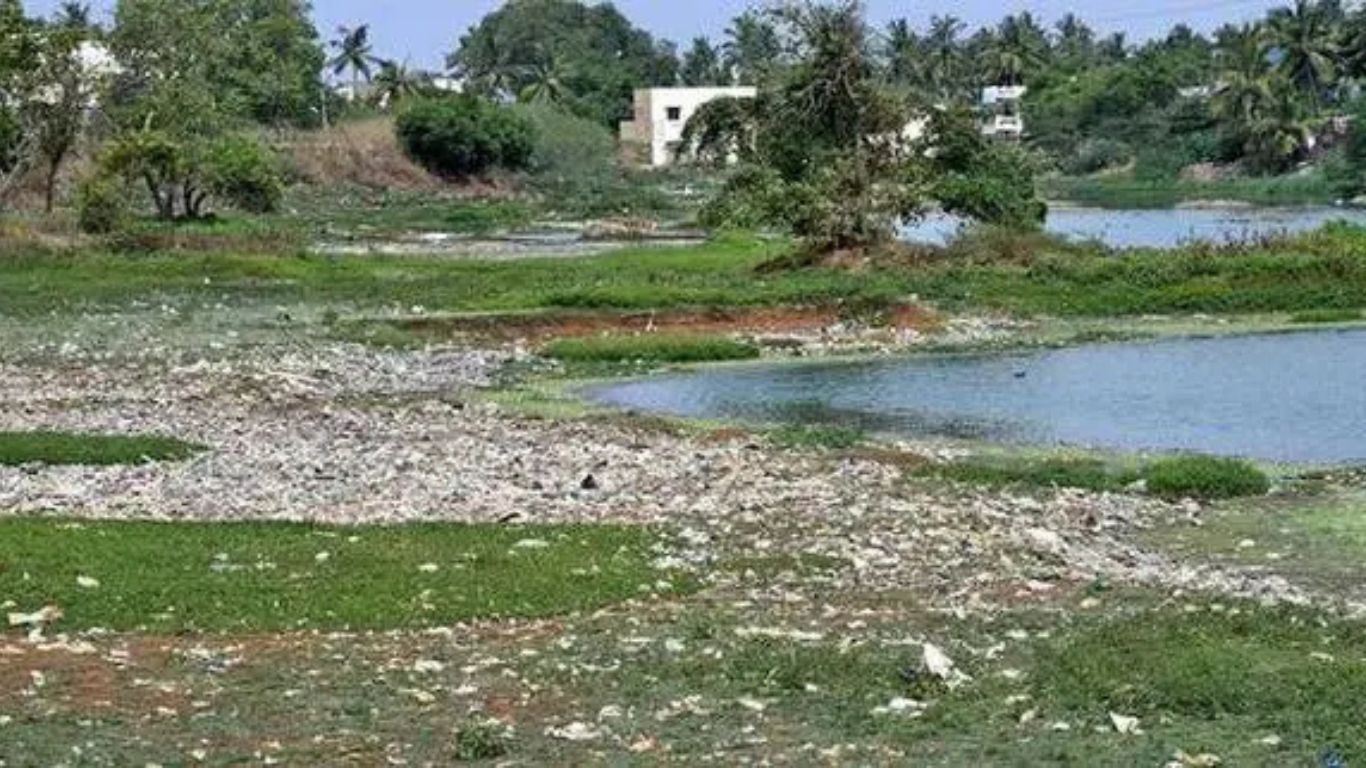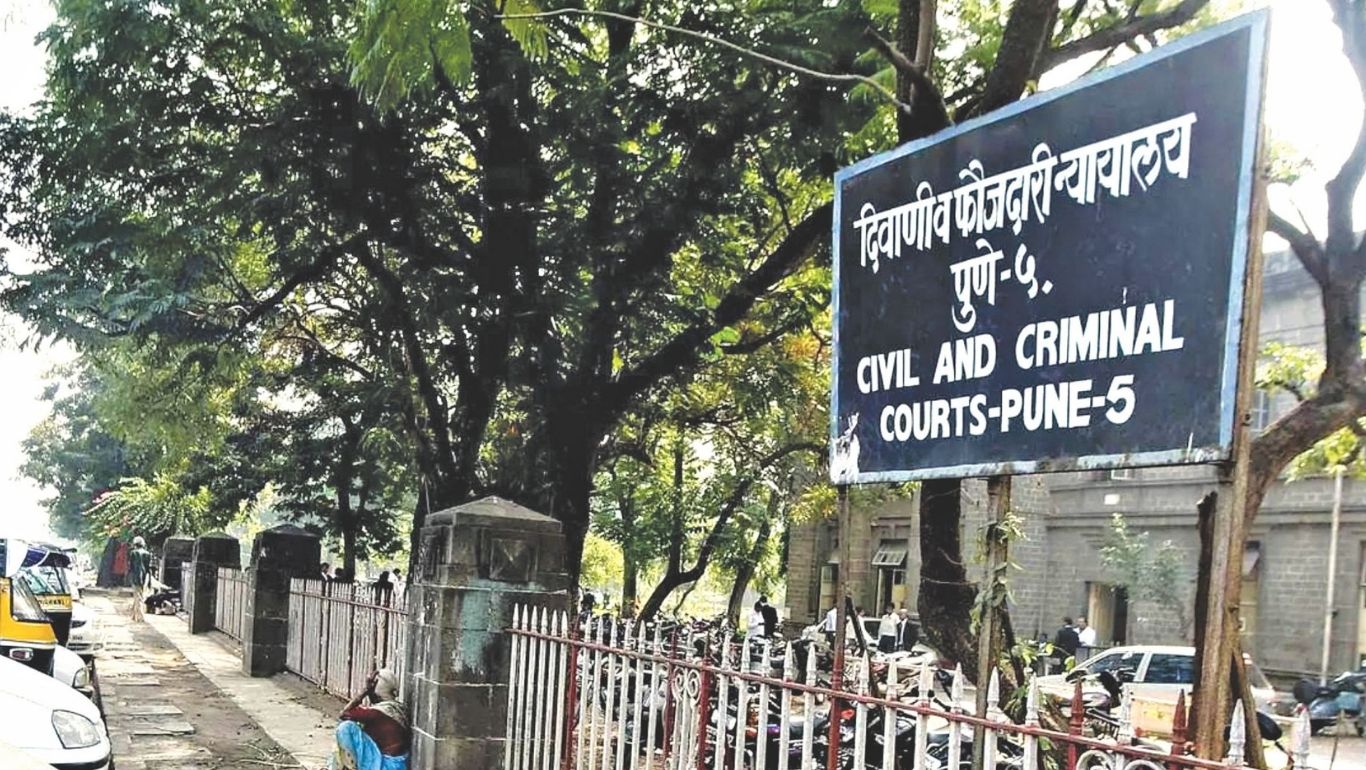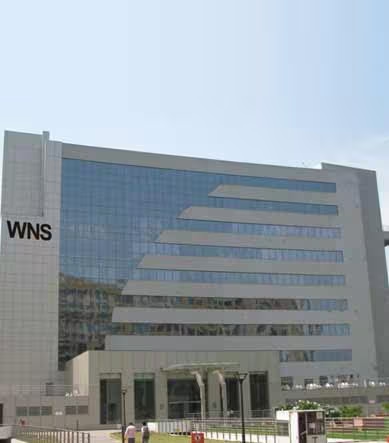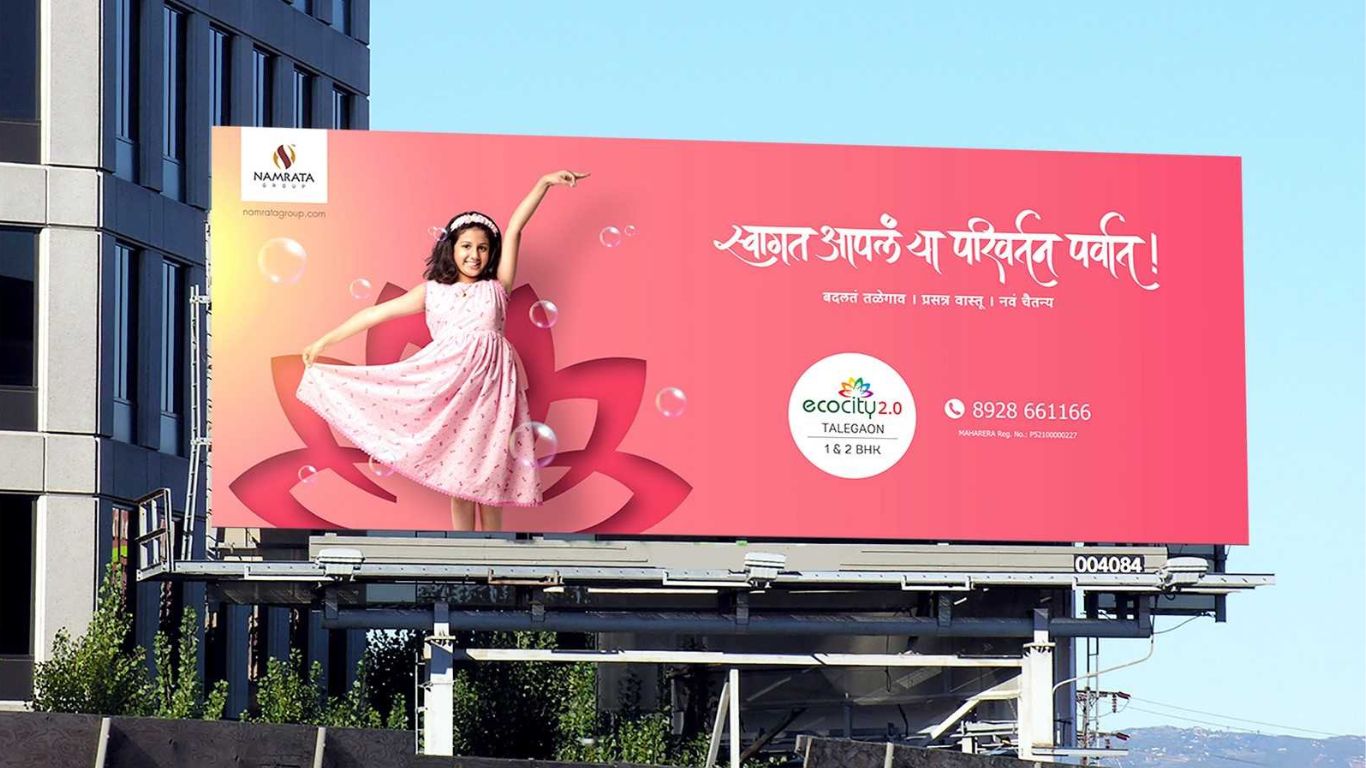Though in the dash for development we have neglected the environmental cost, industrial growth is usually praised as the pillar of economic success. Ichalkaranji is a clear illustration of this; the thriving textile sector, a symbol of economic prosperity, has turned into a main offender causing the Panchganga River to be seriously polluted.
Pune, April 29, 2025: An ecological disaster is resulting from fast industrialisation without enough environmental protection. Especially in the textile industry, factories and processing facilities consume enormous amounts of water combined with strong chemicals. This poisonous water is thrown straight into natural water bodies like rivers and streams in the lack of strict waste treatment procedures. Hence, Once-living rivers today convey dark, foul-smelling, chemical-filled water unfit for any use.
Ichalkaranji presents the ideal case study situation. Under poor monitoring and inadequate enforcement by pollution control authorities, processing units here discharge approximately lakhs of treated effluent into the Panchganga every day. Unchecked industrial expansion keeps stretching environmental limitations with every day that passes; rivers like the Panchganga are suffering the cost.
Indeed, industry increases GDP and generates employment. However, the long-term damage much exceeds the short-term benefits when it comes at the expense of public health and natural resources. Rivers are lifelines rather than development’s garbage container. And if fast industrialization carries on without sustainable planning, we are damaging our own future rather than only contaminating waterways.
An ecological disaster is resulting from fast industrialisation without enough environmental protection. Especially in the textile industry, factories and processing facilities consume enormous amounts of water combined with strong chemicals. This poisonous water is thrown straight into natural water bodies like rivers and streams in the lack of strict waste treatment procedures. Hence, Once-living rivers today convey dark, foul-smelling, chemical-filled water unfit for any use.
Ichalkaranji presents the ideal case study situation. Under poor monitoring and inadequate enforcement by pollution control authorities, processing units here discharge approximately lakhs of treated effluent into the Panchganga every day. Unchecked industrial expansion keeps stretching environmental limitations with every day that passes; rivers like the Panchganga are suffering the cost.
Indeed, industry increases GDP and generates employment. However, the long-term damage much exceeds the short-term benefits when it comes at the expense of public health and natural resources. Rivers are lifelines rather than development’s garbage container. And if fast industrialization carries on without sustainable planning, we are damaging our own future rather than only contaminating waterways.



